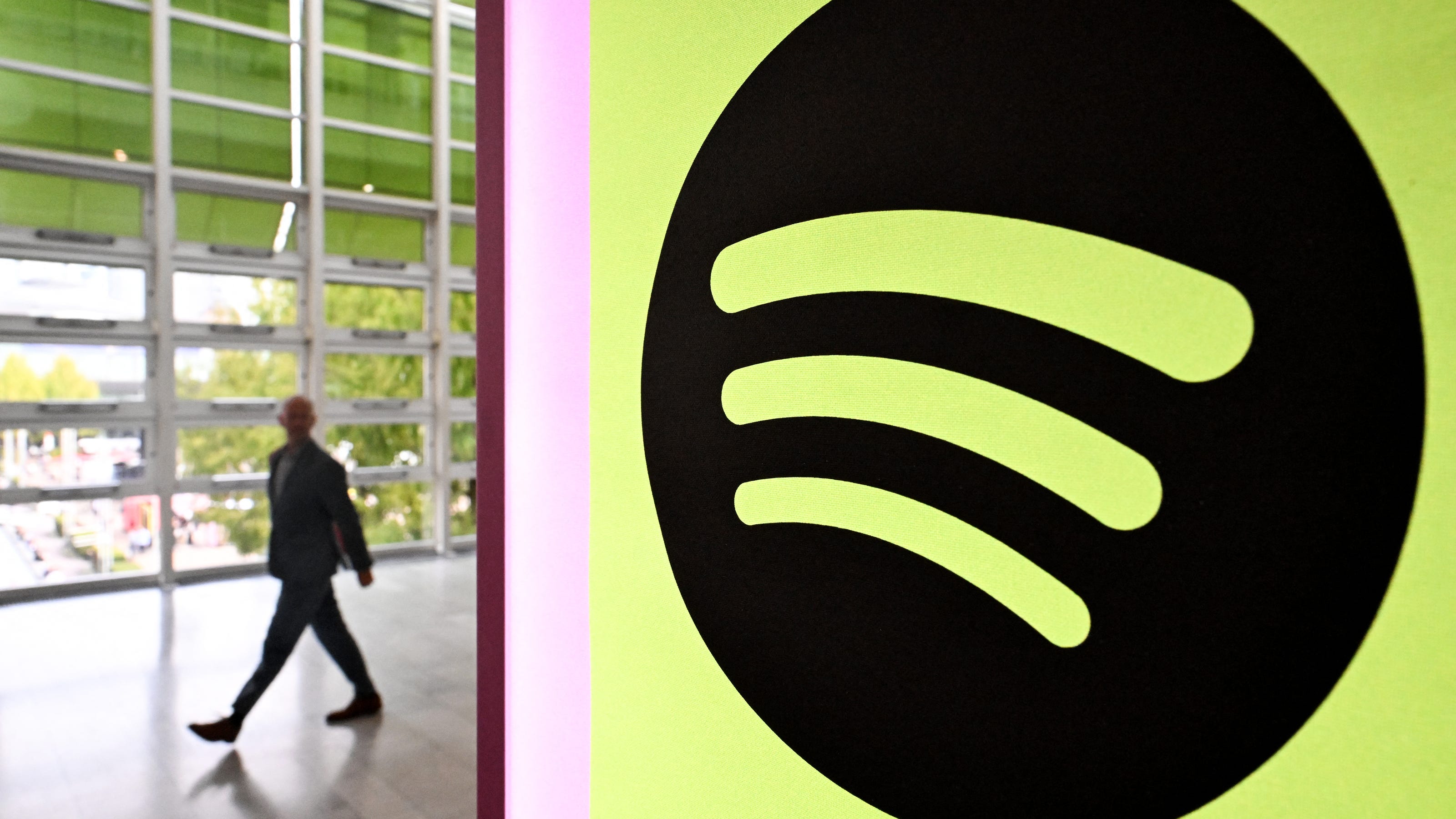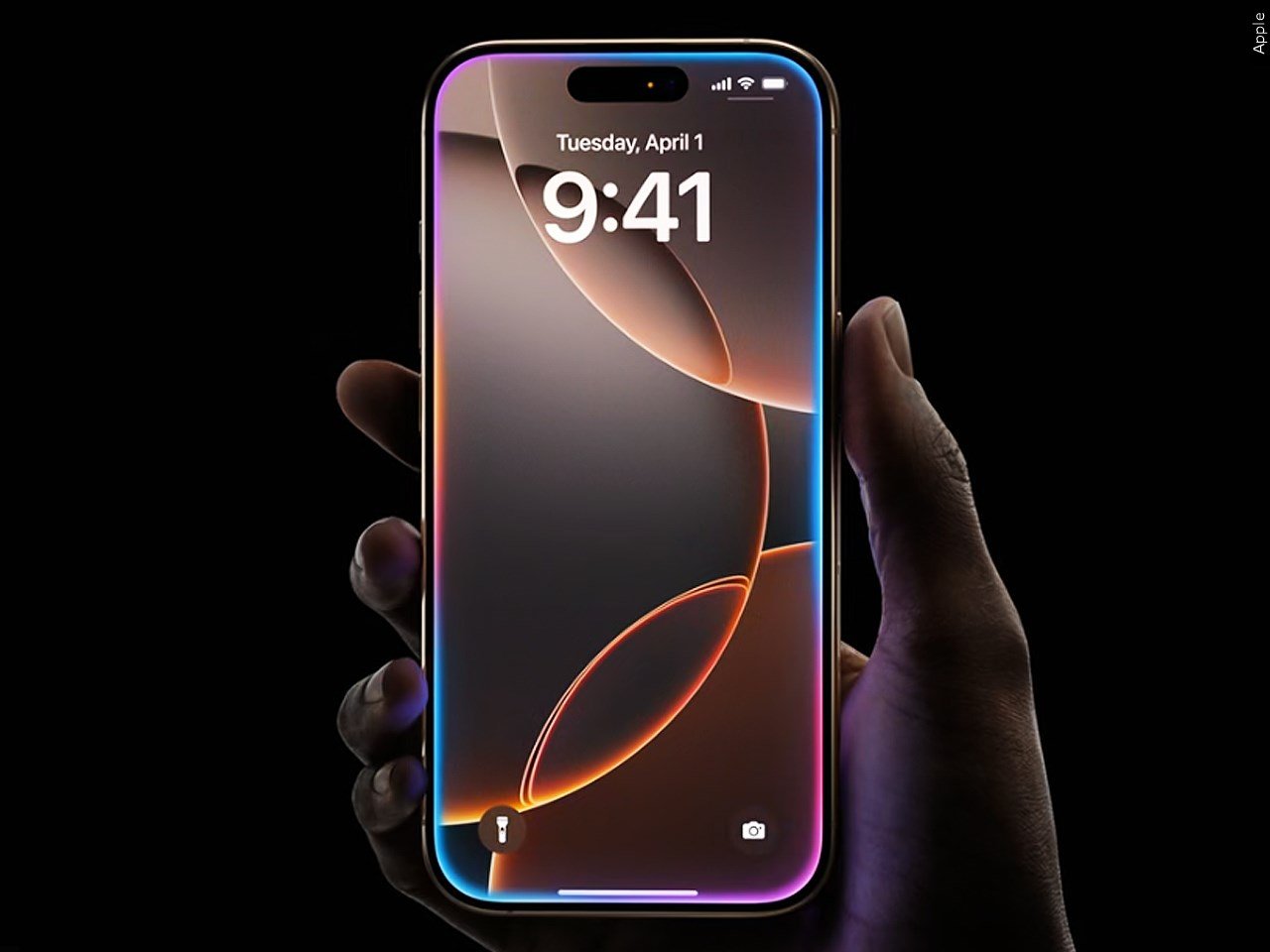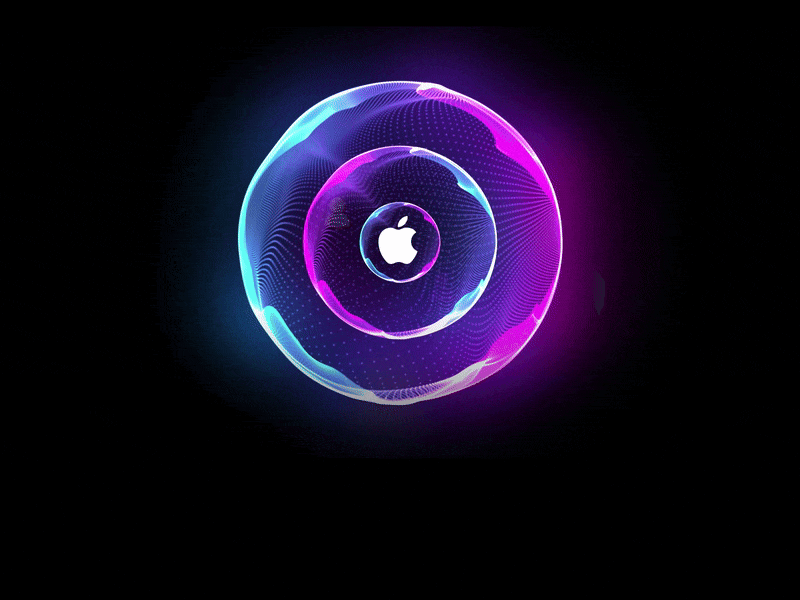Sonic Revolution: Inside Spotify's Crystal-Clear Audio Upgrade

Music lovers, rejoice! Spotify has just unveiled its groundbreaking Lossless Listening feature, promising an unprecedented audio experience that audiophiles have been eagerly awaiting. This innovative technology ensures that every musical nuance and sonic detail is preserved, delivering songs exactly as the artists originally intended.
Unlike traditional compressed audio formats that sacrifice sound quality, Spotify's new feature uses advanced compression techniques that meticulously retain 100% of the original recording's information. This means listeners can now enjoy crystal-clear sound with remarkable depth and precision, capturing every subtle instrument texture and vocal inflection.
By introducing Lossless Listening, Spotify is setting a new standard in digital music streaming, catering to music enthusiasts who demand nothing less than pristine audio quality. Whether you're using high-end headphones or a sophisticated sound system, this feature will transform your listening experience, bringing studio-recorded authenticity directly to your ears.








